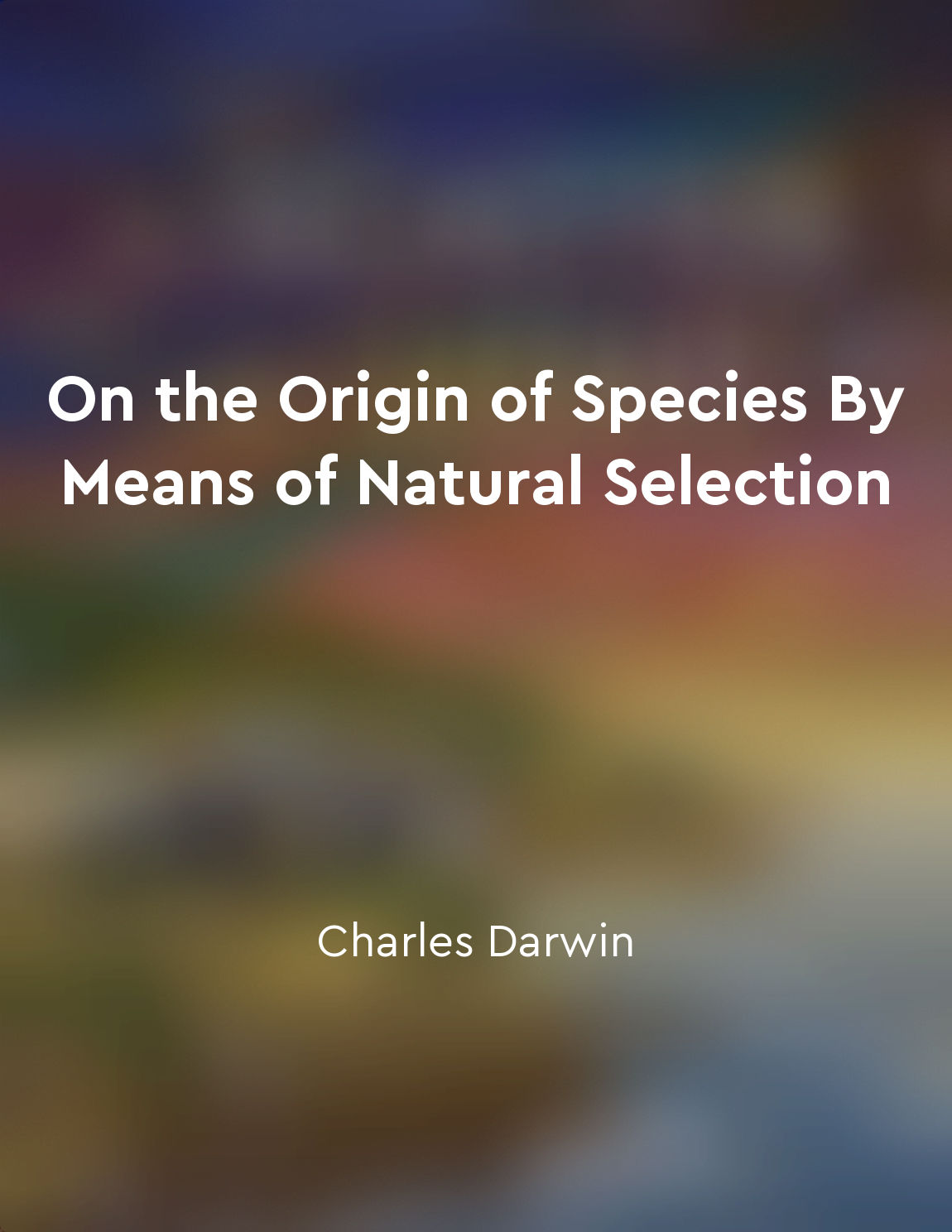Evolutionary relationships can be studied through comparative anatomy and molecular biology from "summary" of NCERT Exemplar Problems-Solutions BIOLOGY class 12th by Arihant Experts
To understand evolutionary relationships, scientists often turn to comparative anatomy and molecular biology. Comparative anatomy involves studying the similarities and differences in the structures of organisms. By examining the anatomical features of different species, scientists can infer how closely related they are and how they have evolved over time. For example, if two species have similar bone structures or organs, it suggests that they share a common ancestor. On the other hand, if two species have distinct anatomical features, it indicates that they have evolved separately. By comparing the anatomy of various species, scientists can create phylogenetic trees that show the evolutionary relationships between them. Molecular biology, on the other hand, involves studying the genetic material of organisms. By comparing the DNA sequences or protein structures of different species, scientists can determine how closely related they are. Similarities in the genetic makeup of organisms indicate a shared evolutionary history, while differences suggest divergent evolutionary paths. For instance, if two species have a high degree of similarity in their DNA sequences, it implies that they are closely related. Conversely, if two species have significant differences in their genetic material, it indicates that they have evolved separately. By analyzing the molecular data of various species, scientists can construct phylogenetic trees that illustrate their evolutionary relationships.- The combination of comparative anatomy and molecular biology provides a comprehensive approach to studying evolutionary relationships. By examining both the anatomical structures and genetic makeup of organisms, scientists can gain valuable insights into how species have evolved and diverged over time.
Similar Posts
The influence of climate and geography on human development
The conditions of life vary in a remarkable manner in different regions; some people live in the extreme north where the ground...
DNA contains instructions for protein synthesis
DNA, or deoxyribonucleic acid, is a molecule that carries genetic instructions for the development, functioning, growth, and re...

Gradual changes occur over generations
The process of evolution unfolds slowly over extended periods of time, with modifications accumulating gradually from one gener...
Geological formations produced by natural forces
The study of geological formations reveals the immense power of natural forces over time. These formations are not the result o...
We need to balance technological advancements with ethical considerations in agriculture
In exploring the intricate world of agricultural biotechnology, it becomes evident that a delicate balance must be struck betwe...

Science offers a more reliable method for understanding the world
Science is a discipline that relies on evidence, reason, and logic to understand the world around us. It provides a systematic ...
Cells are the basic units of life
Cells are the building blocks of life, the fundamental units from which all living organisms are composed. These microscopic st...

Variation as fuel for evolutionary change
Variation is a fundamental aspect of the natural world, serving as the raw material upon which the process of natural selection...
Adaptations develop through natural selection
The central concept of evolution by natural selection lies in the idea that organisms possessing advantageous traits are more l...
Parasitism, mutualism, and commensalism are types of symbiotic relationships
In nature, organisms often interact with each other in various ways. These interactions can be classified into different types ...

